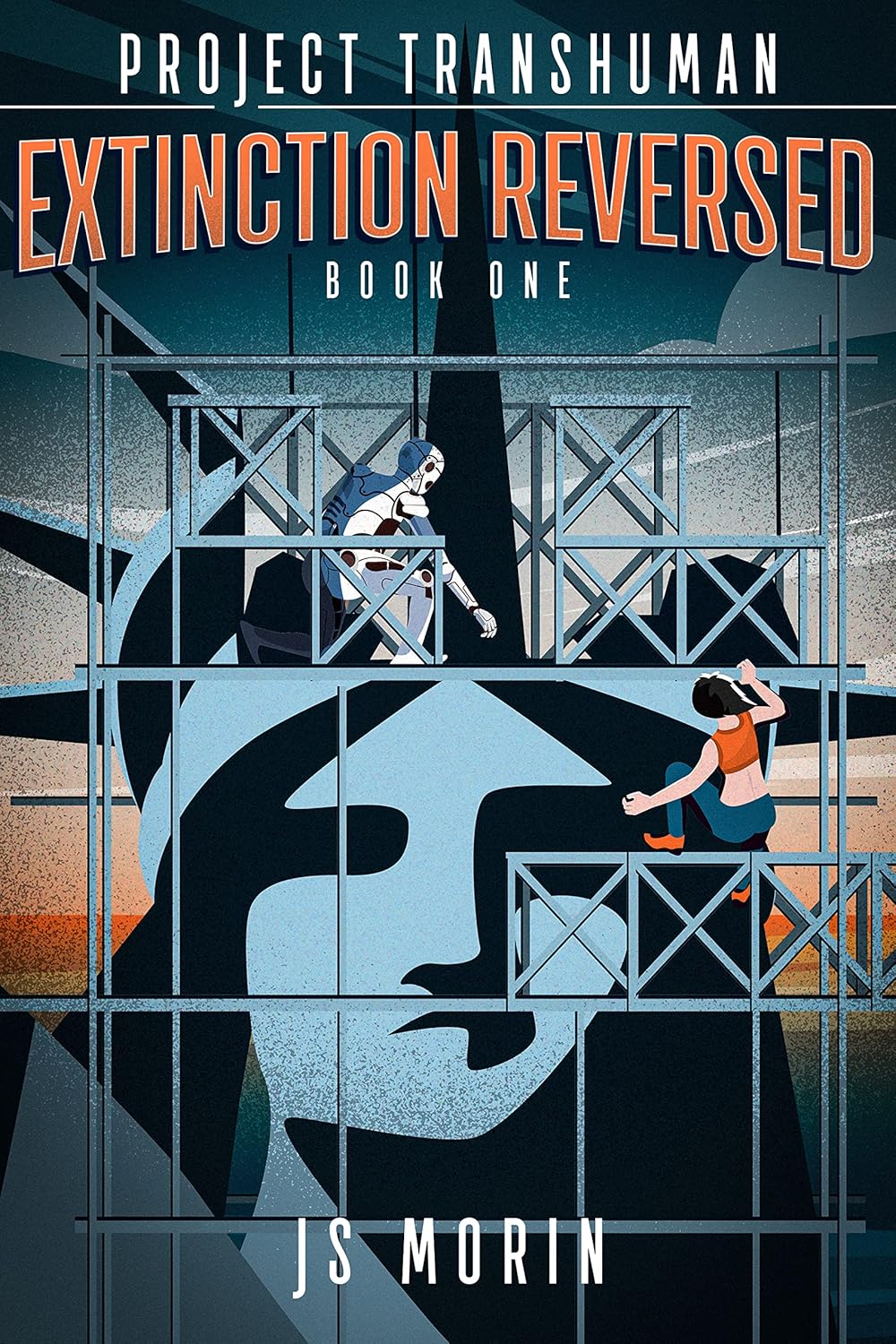Book Review: Extinction Reversed by J.S. Morin
As a lover of science fiction, I’m always on the lookout for novels that blend compelling narratives with innovative concepts. When I stumbled upon Extinction Reversed, I was immediately intrigued by its premise: a world where robots, rather than humans, carry the torch of civilization, and where the first human in a thousand years, Eve14, represents the hope of a new beginning. With a tagline proclaiming that “even the humans are built by robots,” I couldn’t resist diving into this wonderfully layered world.
From the outset, the writing is engaging and meticulously crafted. The character dynamics are well-developed, particularly between Eve14 and Charlie7, the ancient robot tasked with safeguarding her. Morin does an excellent job of balancing action with deep philosophical questions about identity, humanity, and existence. The world-building is mind-blowing; it provides a rich tapestry of a post-apocalyptic Earth, complete with terraforming and genetic engineering. As several readers have noted, the story is fast-paced and filled with adventure, drawing you in and refusing to let go.
While I enjoyed the experiments with humor and action, I also found areas where the book didn’t quite reach its full potential. For instance, the emotional depth of Eve14 could have been fleshed out further. As one reviewer pointed out, her character oscillates between being naïve and robot-like, which can be jarring. At times, I felt that her development lacked the nuance required to make her truly relatable, leading me to agree with critics who described some aspects of her emotional journey as somewhat superficial.
However, the robust themes raised in the book, such as questions of what it truly means to be human, managed to compensate for these shortcomings. Morin’s exploration of a society rebuilt by robots after humanity’s extinction highlights the complexity of evolution—both biologically and culturally. The interactions among characters feel genuine, and even the villains elicit a measure of empathy that adds depth to the narrative. This layered character-driven storytelling is a firm example of the thoughtful content I appreciate in my sci-fi reads.
The combination of action, humor, and philosophical musings indeed captures the essence of classic science fiction—a sentiment echoed by other readers who commend the novel for its exciting plot and fresh take on the robot genre. Equally, others noted that the book sometimes feels lightweight and fails to dig deep into the more complicated dilemmas of a post-human society, a critique I can relate to.
One highlight of the book is the setting itself; the idea of a robot civilization thriving in locations like the Arc de Triomphe is a stunning visual that adds to the narrative’s allure. Still, despite this captivating backdrop, the book occasionally seems to drift into familiar tropes rather than forging a new path.
As for a verdict, I would say that Extinction Reversed is a worthy read that satisfies the cravings of any sci-fi fan. Although it may not delve as deeply into emotional complexity as some might hope, the thrilling storyline and inventive world make it an enjoyable journey. With the acknowledgement of its few drawbacks, I still find myself eagerly anticipating the next installment in the Project Transhuman series.
Overall, I would rate Extinction Reversed a solid 4.5 out of 5 stars. It’s definitely a book I recommend, particularly to readers who enjoy high-stakes adventures woven into speculative narratives. If you’re curious about what could happen when robots inherit the Earth and how they navigate the remnants of humanity, this series might just be your next favorite. Grab your copy while there’s still an Earth left on which to enjoy it!
Discover a groundbreaking journey in Extinction Reversed that redefines the future of humanity.
>>








